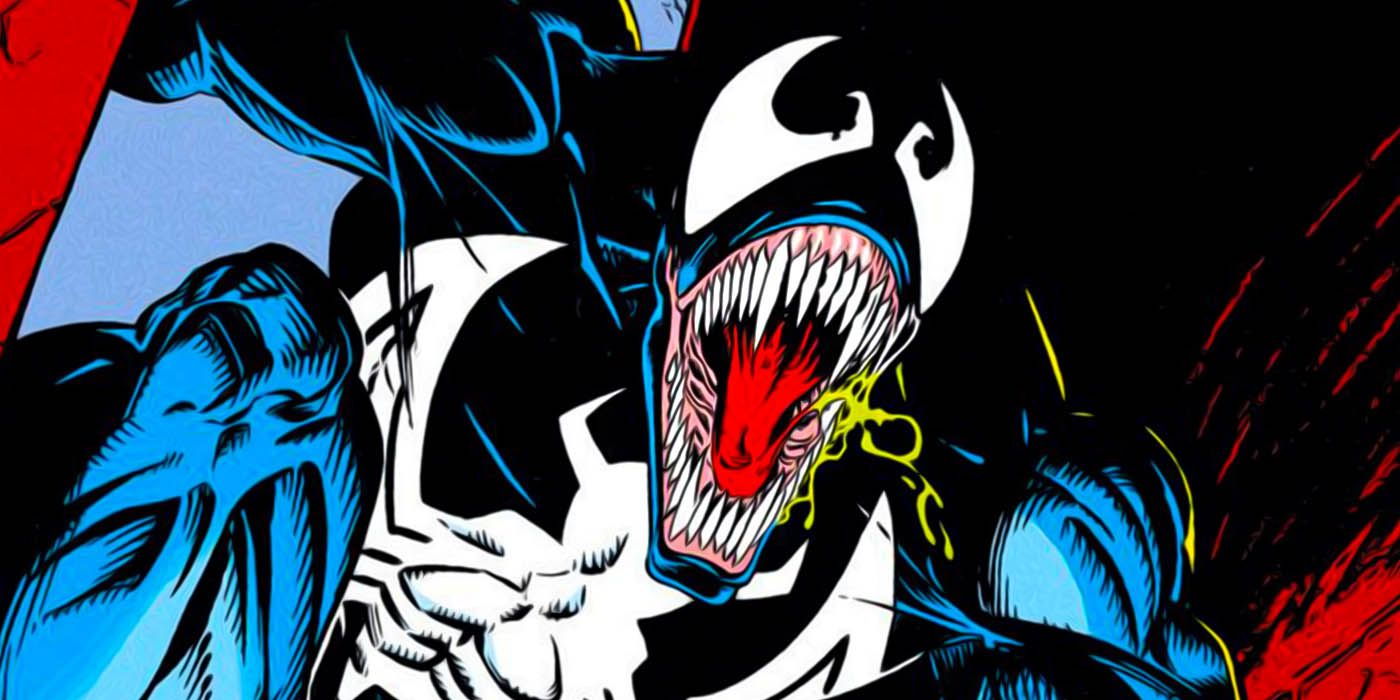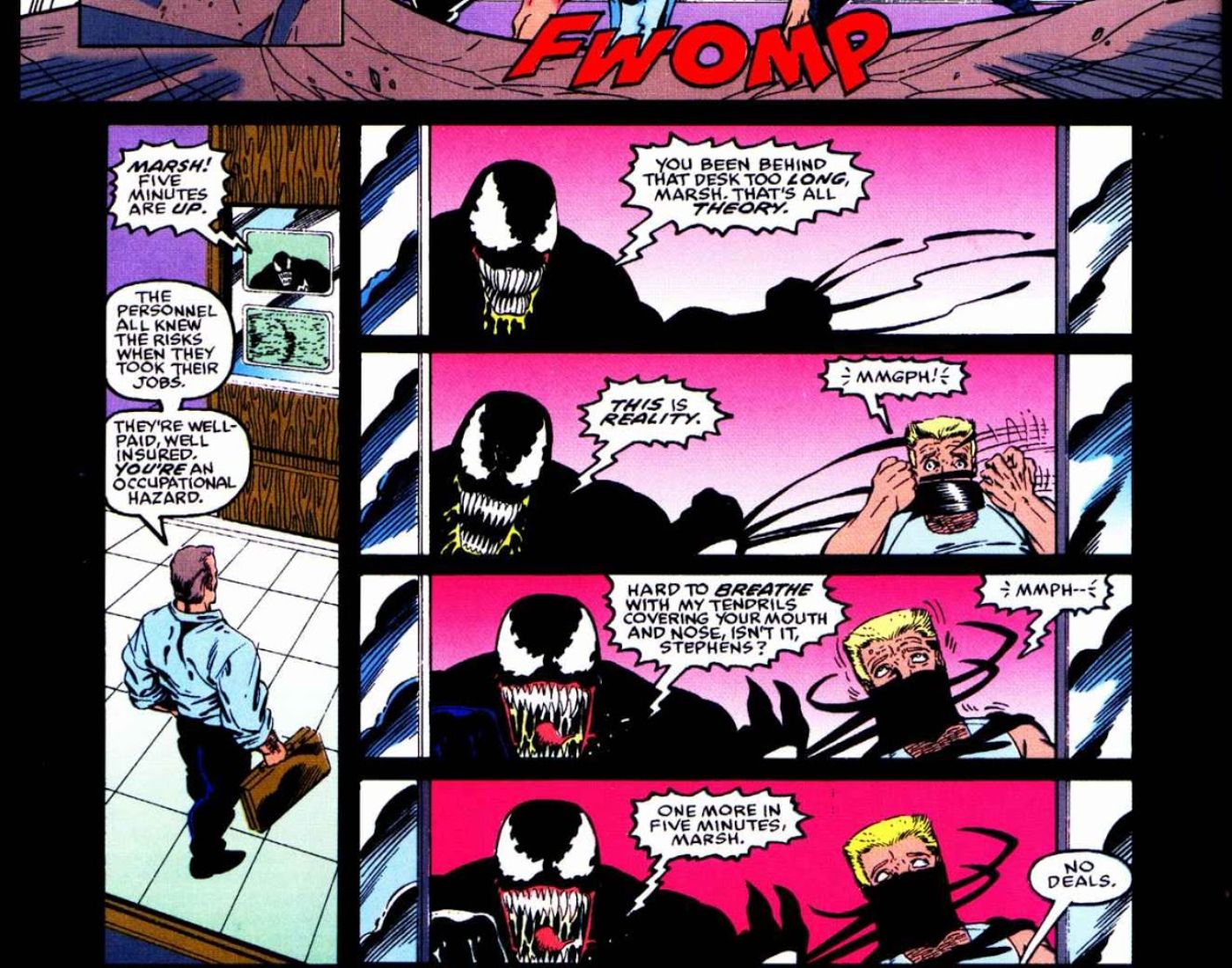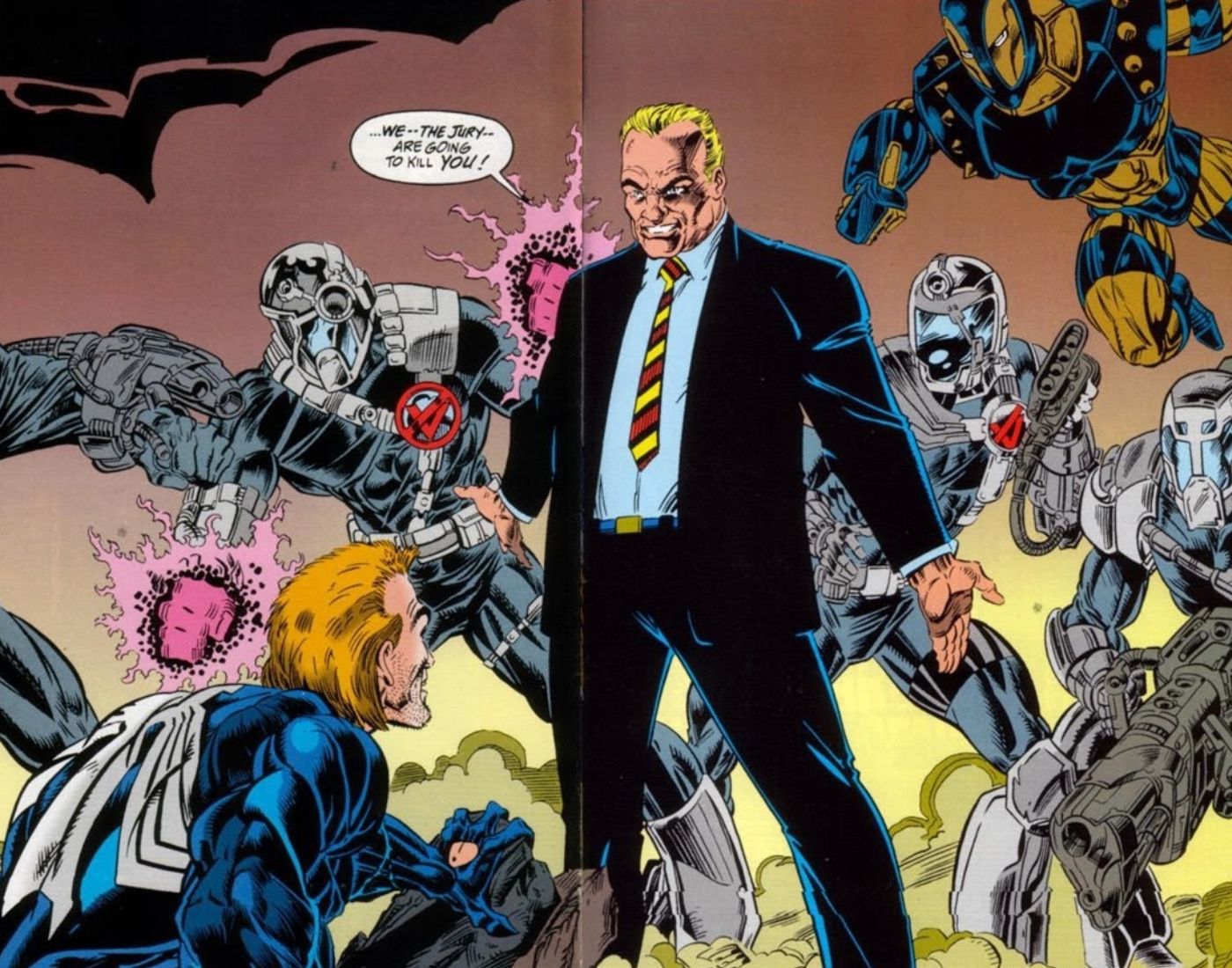Barring Pater Parker/Spider-Man, the alien symbiote known as Venom has never bonded with a host the way it has with Eddie Brock. Forming an instant bond with one another, Venom and Brock quickly became arguably the most dangerous opponent(s) Spider-Man has ever faced. Unlike many of Spidey’s other foes, however, Venom would eventually become an anti-hero, killing criminals in the name of saving innocent lives.
However, Venom and Brock did not always possess this ideology; in fact, it took the murder of an innocent man to put them on the path of good. In 1991’s Avengers: The Vault, Death Trap by Danny Fingeroth, Ron Lim, Jim Sanders, and Fred Fredericks Venom crossed a line that resulted in disastrous life-changing consequences.
Hidden deep within the Colorado Rocky Mountains is The Vault, a highly guarded supermax prison. Contained within its walls are countless supervillains, each more dangerous than the last. Among the superpowered prisoners at one point was Eddie Brock. Locked in a cell, Venom passed time by writing a newspaper for the inmates, waiting for the perfect chance to escape.
Venom’s chance finally arrived thanks to an unexpected power surge , which led to a full-scale prison break. As both the Avengers and The Vault's chief administrator, Truman Marsh, fought to stop the small army of supervillains from escaping, Venom resorted to extreme measures, taking one of the guards and suffocating him on the spot! Venom would escape and be readmitted to The Vault numerous times before eventually traveling back to Brock’s home city of San Francisco.
That's where 1993’s Lethal Protector story by David Michelinie and Mark Bagley took place, and where the consequences of Venom’s murder came back with a vengeance. The Guardsman who Venom killed, Hugh Taylor, would be avenged in Lethal Protector #2, when his father, General Orwell Taylor, formed the assault team known as The Jury to hunt Venom down.
Hugh Taylor was not the first innocent person that Eddie Brock killed, but his death was a definitive moment for the alien anti-hero. As the title of the Lethal Protector story suggests, Venom adopted a new moral ideology in how he used his powers. Unlike many other supervillains who simply see ordinary people as either collateral damage or as means to an end, Eddie Brock came to understand the value of innocent life. Unable to justify allowing violent criminals the possibility of hurting more people, Brock took it upon himself to act as an executioner, meting out justice he believed other heroes too cowardly to dispense themselves.
It's interesting that such a brief moment in the whirlwind chaos of a prison break -- a moment seemingly forgotten as quickly as it was committed -- would continue to influence not only Venom, but those around him. What seemed like a snap decision to Venom was the erasure of a lifetime's worth of moments for Hugh Taylor. The weight of this action is what helped steer Eddie Brock to a more righteous, yet no less violent, path and to seek a means of redemption. Now, of course, Venom is a galaxy-faring symbiote god who has committed himself to saving lives across the universe. That's quite a journey from that day in The Vault.
While villains and criminals cannot undo what they've done in the past, it is possible for them to dedicate their lives to making the world a better and safer place. Eddie Brock cannot bring Hugh Taylor back to life, but it was his death that helped inspire Eddie Brock to save countless more. The scales may never be balanced when it comes to the worth of human life, but that's the reality Eddie Brock chose to shoulder when he committed murder.



